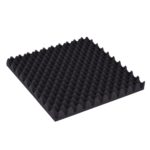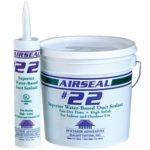Insulation Products
Insulation of buildings is acting on the building envelope and internal elements in order to reduce thermal losses and avoid acoustic transmissions. Common insulation materials are fibrous glass wool, cellular plastic foams, or granular perlite.
Thermal Insulation means the decrease of thermal transmission. Thermal transmission is the transfer of heat from a warmer body to a colder body.
Noise pollution within buildings depends on the presence of sources of disturbing noise. The interference may be caused by external sources or internal sources.
 Glasswool
Glasswool
Glass wool is an insulating material made from fibers of glass arranged using a binder into a texture similar to wool. The process traps many small pockets of air between the glass, and these small air pockets result in high thermal insulation properties.
 Rockwool
Rockwool
Mineral wool insulation (also called rock or slag wool insulation) made fromrock, blast furnace slag, and other raw materials which are melted and spun into fibers to resemble the texture of wool. Mineral wool comes in batts, rolls or loose-fill forms.
 Elastomeric Rubber Foam
Elastomeric Rubber Foam
Elastomeric and Polyolefin Insulation. Rubber insulation is designed for the HVAC and Refrigeration industry. This insulation is highly recommended for condensation control due to its excellent moisture vapor resistance and thermal conductivity.
 Acoustical Foam
Acoustical Foam
Foam boards can be used to insulate almost any part of your home, from the roof down to the foundation. This product is class O flame proof level and used for generator cabinets and power rooms mostly. They provide good thermal resistance and often add structural strength to your home.
 Silicone & Sealants
Silicone & Sealants
Silicone sealant is a versatile and flexible waterproof sealant with a multitude of applications (see the Putty & Mastic article for other types of sealer). It is particularly good in situations where you need to make a waterproof gap seal, but cannot completely eliminate movement between the parts to be sealed.

